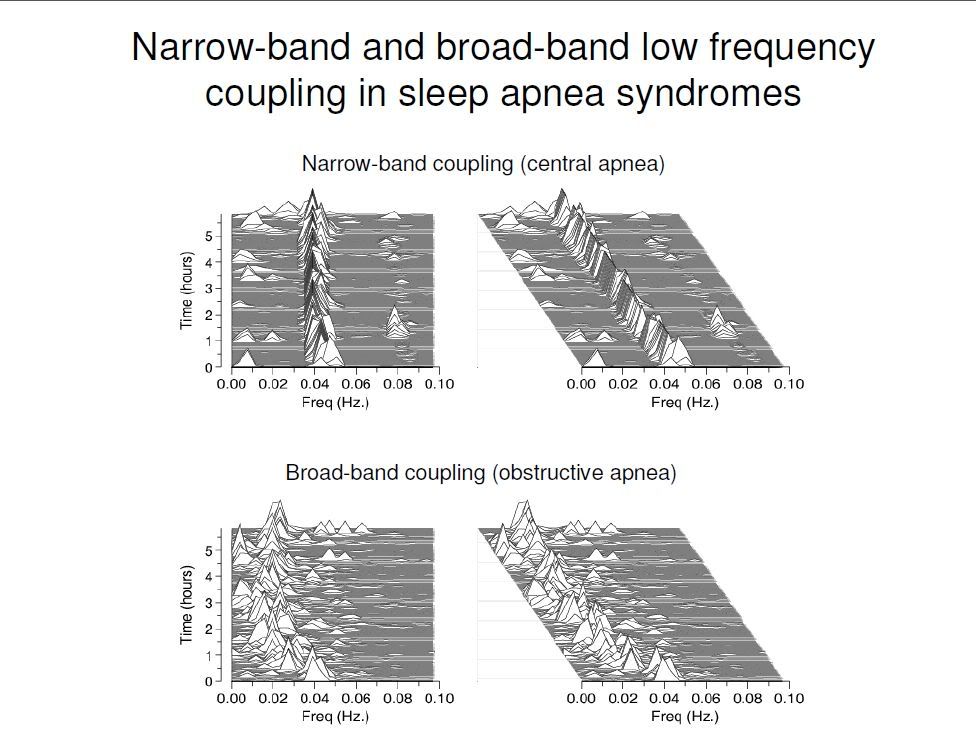
Sounds good... But again, my understanding is that PSG clinical practice and all APAP algorithms specifically deal with inspiratory flow limitation versus highly uncommon expiratory flow limitation.AMUW wrote:SWS, looks like you caught my trap on discussing inhalation vs. exhalation flow shapes.
Which I set unintentionally, and somewhat by insufficient immersion into the breathing process ... and of disordered breathing during sleep. Note that DreamDiver was also highlighting the lower portions of the breathing curve ... that's exhalation I believe.
I am told that in OSA the exhalation phase is more important than the inhalation phase. Not only is CO2 exhaled, but the remaining O2 in the blood stream is extracted. And there is a tight coupling between the gas exchange process and the vaso-constriction in the nose and the pressure variations in the upper respiratory system.
I admit that I haven't looked yet at what ResMed does with the shape of a single cycle, whether the inhalatory or exhalatory half of it. But note that ResMed measures the flow in the box ... not in one's throat or nose.
I would also add that your document, and others, show "expiratory flow limitation" occurring as flattening specifically during exhalation's end phase. So the exhale part DreamDiver has highlighted in the chair at left is likely not expiratory flow limitation---since it sits at the beginning of exhalation. And the S9 properly refrained from scoring that event as FL. The "M" shape at right occurs exclusively during inspiration and was scored as FL. I doubt those red expiratory tracings in DreamDiver's graph above are comparatively-rare expiratory flow limitations, but I could be very wrong.
Regarding the pneumotach sensor being in the box... That's really not an impediment toward differentiating either flow direction or FL waveshape. The pneumotach is sensitive enough to pick up subtle heartbeat pulsations in the patient flow signal. The sensor location inside the box adds propagation delay to the flow signal compared to proximal sensor at the mask---or even hypothetical flow sensor inside the human airway.
I would love to learn more about that resulting vaso-constriction process in the nose should you or anyone have links, AMUW. I have no familiarity with that mechanism and I suspect it's important to UARS and FL patients.AMUW wrote: And there is a tight coupling between the gas exchange process and the vaso-constriction in the nose and the pressure variations in the upper respiratory system.
Again, thanks for posting all that, AMUW... Very good discussion, indeed.














